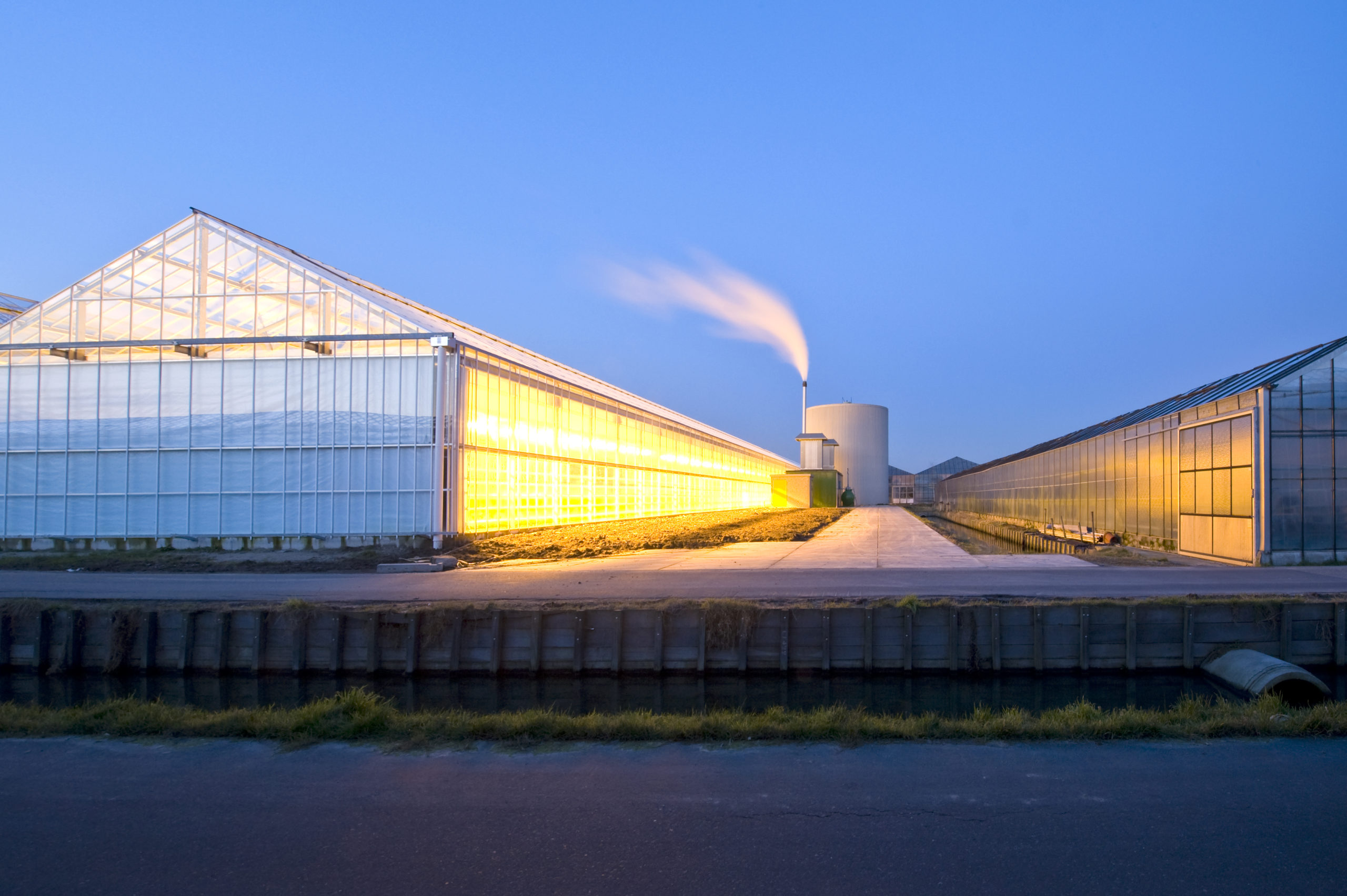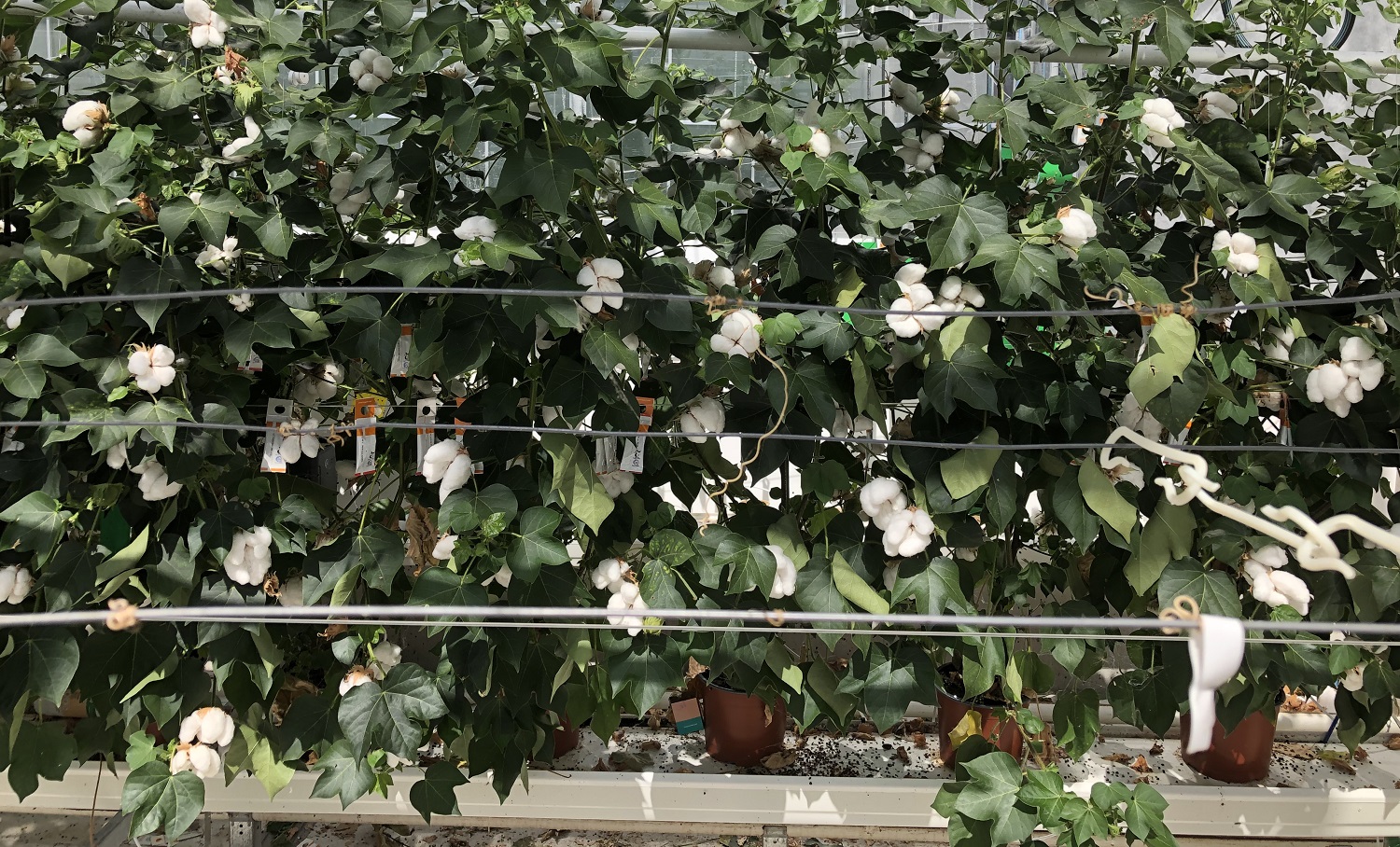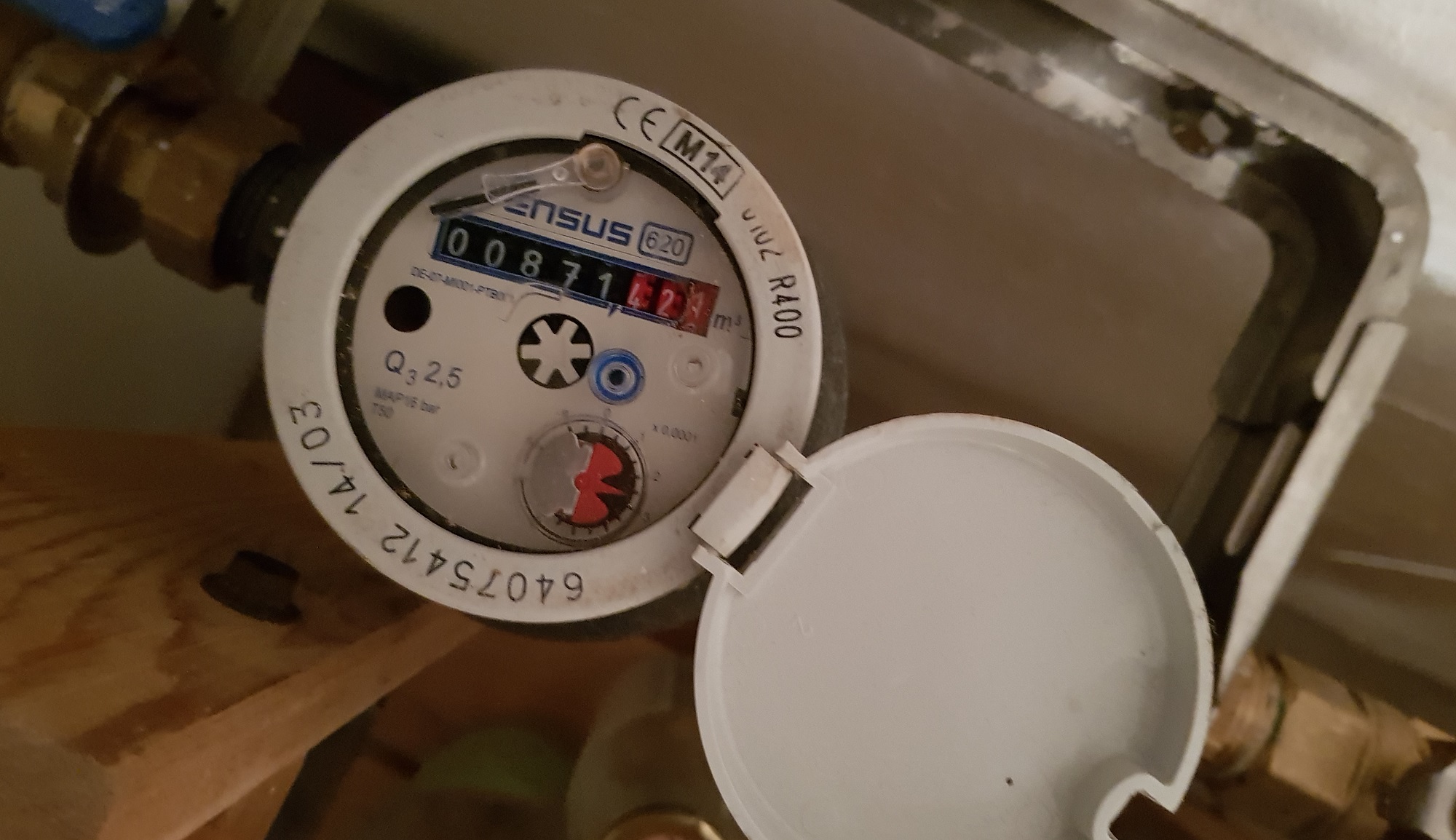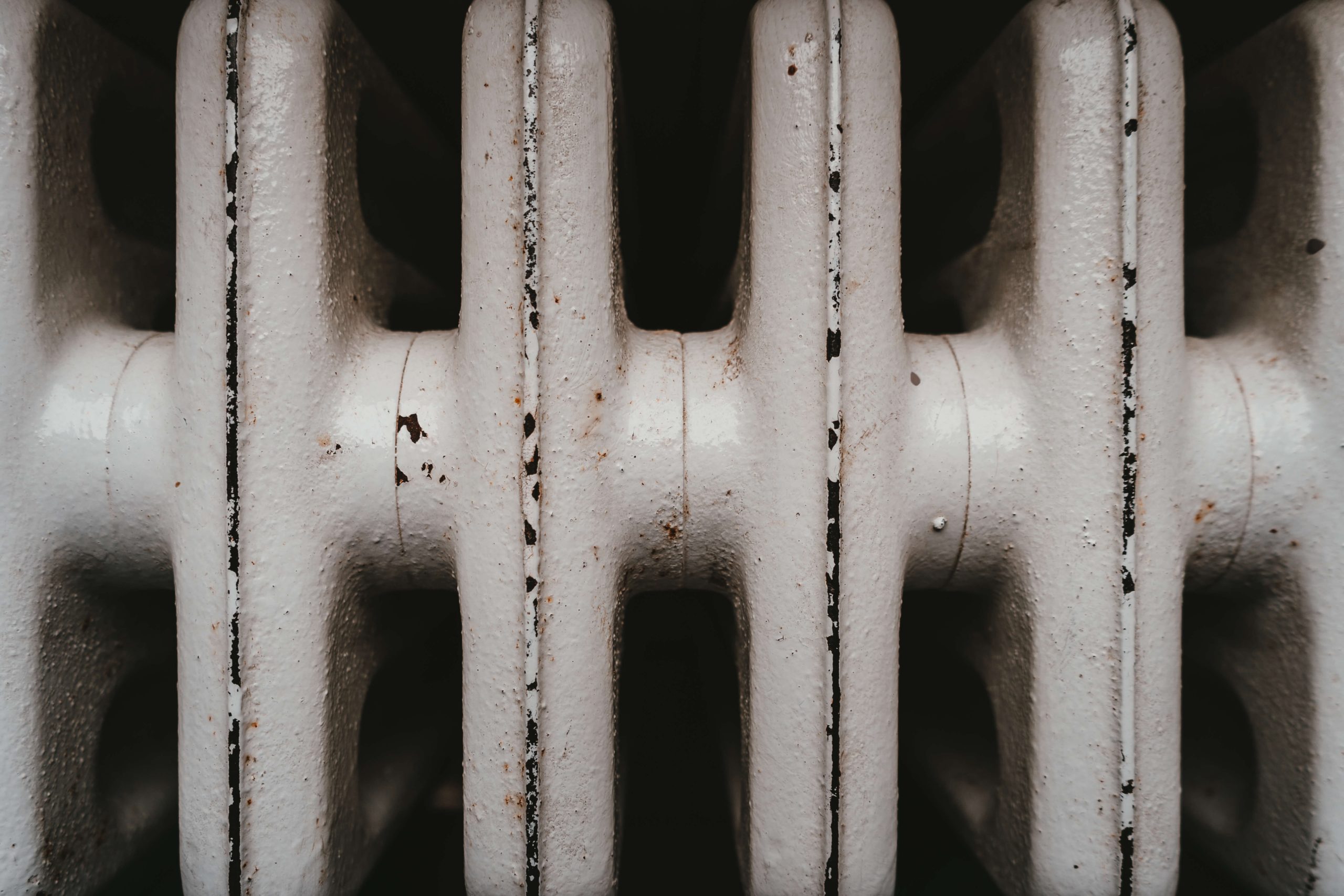The energy crisis is putting the squeeze on greenhouse horticulture companies. Greenhouses consume nine per cent of the natural gas used in the Netherlands, and alternatives are not readily available. But the sector points out that greenhouses produce more than vegetables and flowers: they also supply about 10 per cent of the electricity in the Netherlands.
Growers of tomatoes, cut flowers and pot plants use a lot of gas and electricity in winter in particular, just like the average household. Energy prices have increased tenfold in the past year. In 2022, 75 per cent of the greenhouse horticulture companies had fixed-price long-term contracts for at least some of their energy. Nevertheless, 38 per cent of greenhouse horticulturalists expect to have difficulty paying their bills by the end of 2022. The Ministry of Economic Affairs and Climate Policy is now working on a disconnection plan for next winter, should real shortages occur. Greenhouse horticulture companies that voluntarily reduce their energy consumption can then count on compensation. That makes whether to pause or continue growing crops a business decision.
‘At the current gas price of 1.20 euros per cubic metre, greenhouse cultivation is often no longer economically viable,’ says Frank Kempkes, researcher in Energy and Greenhouse Climate at Wageningen University & Research in Bleiswijk. He is the project leader of a number of demonstration greenhouses showcasing how greenhouse horticulture can be more energy efficient. There have already been rose growers who put their greenhouses on cold storage last winter, says Kempkes. ‘Roses can withstand such a period, but other types of cut flowers cannot. Potted plants can be kept a bit cooler for a few months, but you can’t turn off the heating completely. And once you have tomato plants, and you have invested in substrate, fertilization and care for months, you can’t just turn off the heating when the price of gas goes up. Then you suffer huge losses.’
Once the plants are established, you can’t just turn off the heat
Less energy
Greenhouse horticulture has already made considerable savings in recent years. More is being produced per square metre with less energy, and with innovation even more is possible, says Kempkes. ‘When you add it all up, the heating requirements of a typical horticultural firm can be halved with insulation, heat recovery and smarter cultivation.’
Over the past few years, the demonstration greenhouses in Bleiswijk have shown what is possible, in the cultivation of strawberries, gerbera, freesia and pot anthurium, for example. Experience has been gained with better insulation, heat pumps, economical LED lighting and precision climate control. The demonstration greenhouses do not use gas: their heating and lighting are electric.
Pioneers
A few pioneers have already switched from gas to heat storage in the soil. Orchid grower Van der Hoorn in Ter Aar had a large gas-free greenhouse built in 2006 with lighting on green power. Kempkes: ‘In the Netherlands, the sun provides the equivalent of 100 cubic metres of natural gas per square metre. Growers consume an average of 30 cubic metres per square metre annually, so the sun supplies much more than the horticultural sector needs. We are still quite a long way off making seasonal storage of heat standard practice, because it requires large investments in equipment and construction. The storage takes place in underground aquifers and that is not possible everywhere.’
These kinds of costly investments are currently confronting business owners with difficult choices, says Pepijn Smit, a researcher at Wageningen Economic Research and author and project leader of the annual Energy Monitor for Dutch Greenhouse Horticulture.
‘On the one hand, the sector wants to stop being dependent on natural gas as soon as possible. On the other hand, that first has to be feasible, not least financially. There are dark clouds hanging over the sector’s future. Growers don’t know what will happen this winter, let alone in the next two years. Some companies still have reserves for coping with setbacks, but they are not inexhaustible either.’
Affordable
The Energy Monitor for Dutch Greenhouse Horticulture shows that the proportion of sustainable energy being used has increased from 2 to 10 per cent since 2010. ‘If you want that proportion to grow even further, you need alternatives that are available and affordable. Affordable sustainable electricity should be one of them.’
According to Smit, the role of electricity is sometimes forgotten in discussions about greenhouses and gas consumption. Growers use combined heat and power (CHP) for this purpose: a mini power station with an efficient gas turbine that produces electricity, hot water and carbon dioxide for the growth of the plants. In addition, a significant amount of the electricity produced by CHP is sold.
Smit: ‘The greenhouse horticulture sector sells more electricity than it uses itself, particularly at times of peak demand in the network, for example on winter mornings or when there is less wind or solar power available. CHP systems can respond very fast to changes in electricity consumption, much faster than a coal-fired plant.’
That is food for thought, says Smit: if you get the greenhouse horticulture sector off the gas, growers will have to source their electricity, heat and carbon dioxide for growth elsewhere. ‘Cogeneration (CHP) in greenhouse horticulture is remarkably efficient. If electricity from a power station is expensive, it may be more attractive to buy expensive natural gas and convert it into heat and electricity via combined heat and power plants.’
The sector recently launched a publicity campaign. ‘There is a good chance that your house is heated by our greenhouses, or will be soon.’ The key message is that greenhouses supply around 10 per cent of the electricity in the Netherlands and that percentage should increase. Which makes investing in the energy transition a must. The campaign will run until November.

 Text: Arno van ’t Hoog | Photo: Shutterstock
Text: Arno van ’t Hoog | Photo: Shutterstock 

